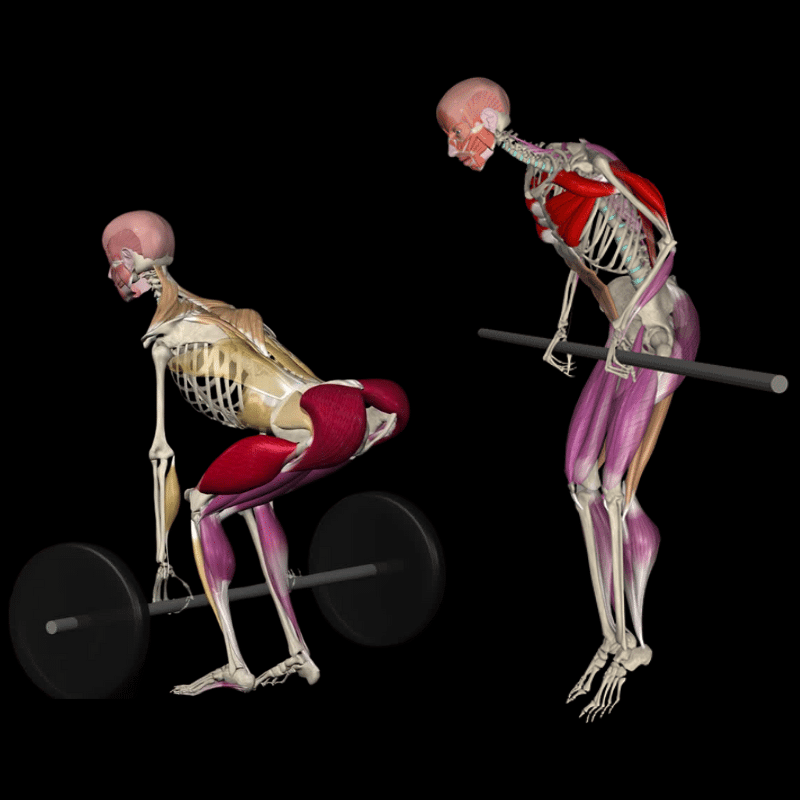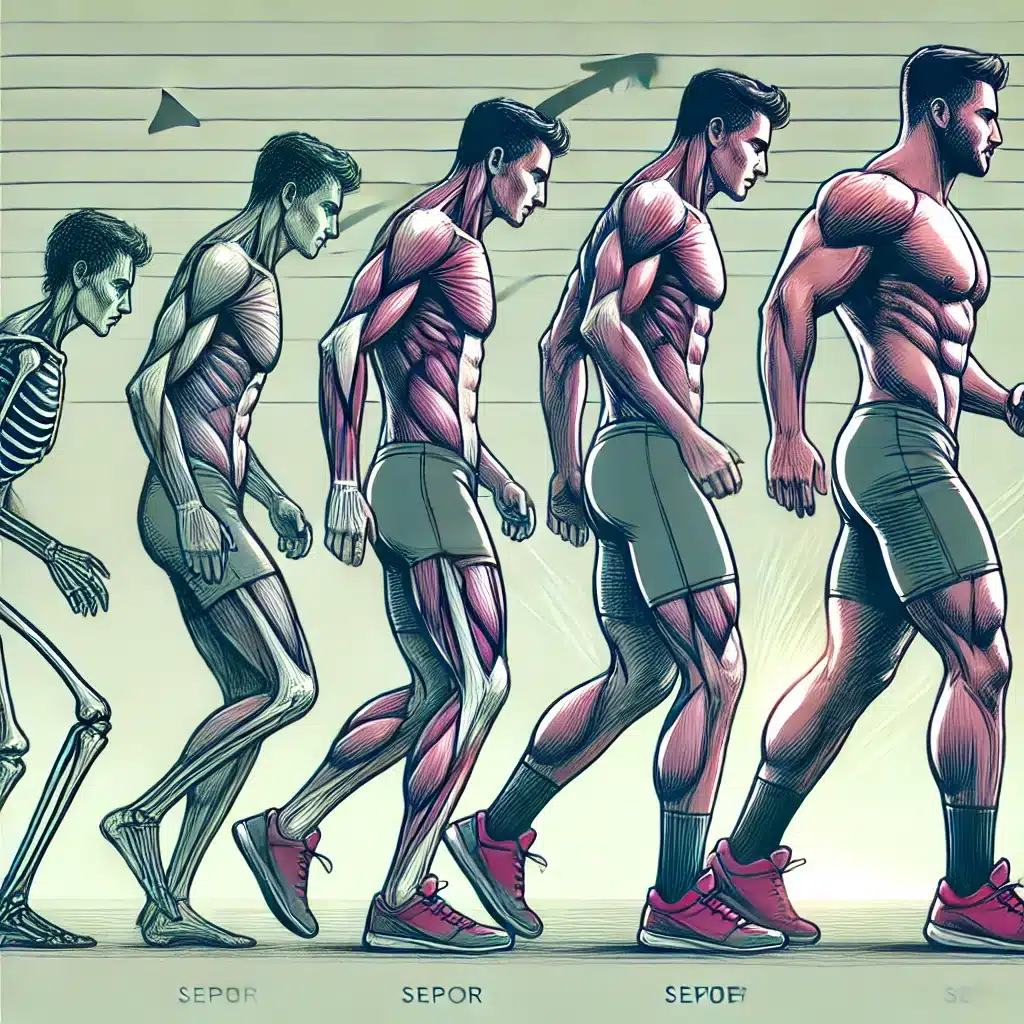Achieving success in any training program, whether your aim is weight loss, strength improvement, enhanced cardiovascular endurance, or muscle building, relies on a solid understanding of fundamental training principles.
These principles are the building blocks for effective training and are essential for maximizing progress and preventing setbacks. In this Muscle and Motion article, we will delve into the fundamental training principles critical for anyone looking to achieve their training goals, focusing on applying these principles to a strength training program.
Progressive overload
The principle of progressive overload is simple but crucial: to see progress, you must challenge your body by increasing the workload over time. This increased demand pushes your muscles to adapt, grow stronger, and build endurance.
The principle of progressive overload is simple but crucial: to see progress, you must challenge your body by increasing the workload over time. This increased demand pushes your muscles to adapt, grow stronger, and build endurance.
In resistance training, there are several variables you can adjust to apply progressive overload:
- Intensity: The weight or resistance used in exercises. To progressively overload, increase the load in small increments.
- Volume: The total work done during a session, typically measured by sets and repetitions. Adjusting the volume allows for varied challenges.
- Frequency: How often you train each week. Increasing the frequency of sessions can accelerate progress, provided recovery is adequate.
The key is gradual progression. Pushing too hard too quickly can lead to injury, so it’s essential to increase workload carefully to allow for steady and sustainable gains.
Specificity
To reach your specific goals, your training should reflect the demands of that goal. This is the principle of specificity. For example, if you’re preparing for a powerlifting competition, your training should primarily revolve around the three major lifts – squat, bench press, and deadlift. The focus should be on enhancing your one-rep maximum strength in these exercises rather than diversifying into various exercises or prioritizing higher repetition workouts.
Adaptation
The adaptation principle refers to your body’s remarkable ability to adjust to its demands. With consistent and progressive training, your muscles, cardiovascular system, and mind adapt, becoming stronger, more efficient, and capable of performing at a higher level.
Adaptation takes time, so patience is vital. Regular training leads to long-term improvements, but rushing the process can result in plateaus or setbacks.
Variety
Introducing variety into your training keeps things interesting and helps you avoid plateaus. Incorporating new exercises, changing workout formats, or even trying different training modalities (like resistance bands or kettlebells) can challenge your body in new ways, leading to continuous improvements. Additionally, varying your workouts can reduce the risk of overuse injuries and keep your motivation high.
Consider switching up your exercises every 6 weeks to keep your body guessing and promote continuous adaptation for optimal results.
Reversibility
It’s important to remember that the gains you make are not permanent. This is the principle of reversibility—if you stop training or significantly reduce your workload, your strength, endurance, and muscle mass will gradually decline. After just a few weeks of inactivity, you might notice a decrease in performance.
The good news is that consistency in training can help you maintain your progress, and a well-planned training program can help you regain lost gains faster than when you first started.
Recovery
Training is only half the equation—recovery is equally important. Without adequate rest, your body won’t have the time to repair and grow stronger. Pay attention to sleep, nutrition, and recovery practices such as stretching or active recovery.
Incorporating rest days, ensuring proper hydration, and maintaining a balanced diet will optimize your recovery and help you avoid burnout and injury.
Individualization
Everyone’s body responds differently to training. The principle of individualization emphasizes that training programs should be tailored to each person’s unique needs, considering factors such as genetics, experience level, age, gender, and past injuries.
For example, a beginner will need a different program than an experienced lifter, and someone recovering from an injury will need a specialized approach. Understanding your body’s needs and limits will allow you to optimize your program for maximum results.
In summary, we’ve explored the fundamental training principles essential for success in various training programs. These principles are the foundation for effective training, guiding individuals toward their fitness goals. By understanding and applying these principles, individuals can tailor their training programs to achieve maximum progress while minimizing setbacks.
Have you ever wondered what makes our anatomical animations so accurate and engaging? Click here to learn about our Quality Commitment and the experts behind our content.
At Muscle and Motion, we believe that knowledge is power, and understanding the ‘why’ behind any exercise is essential for your long-term success.
Let the Strength Training App help you achieve your goals! Sign up for free.





